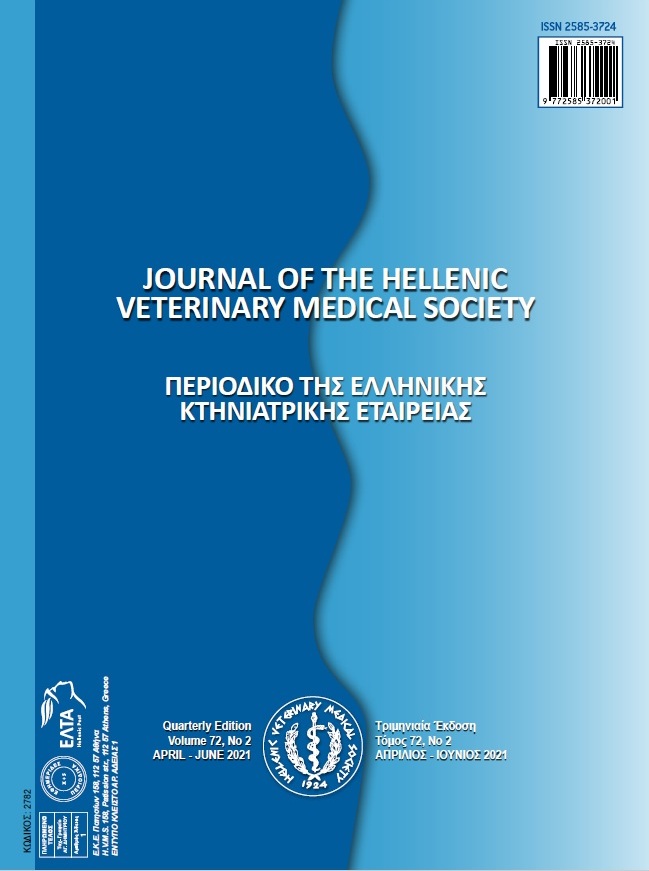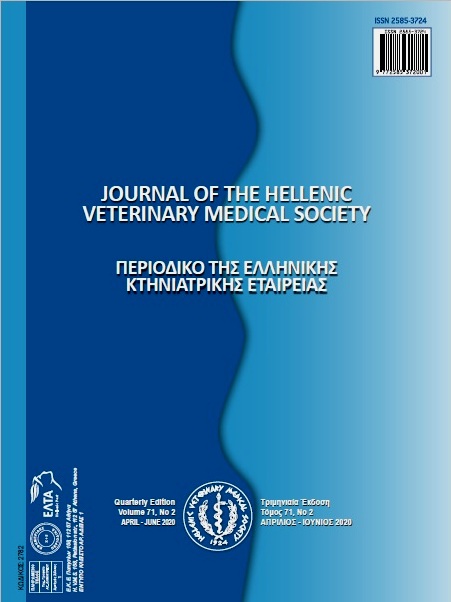Comparative effects of addition of monensin, tannic acid and cinnamon essential oil on in vitro gas production parameters of sesame meal

Abstract
The aim of this experiment was to compare the effects of adding monensin, tannic acid and cinnamon essential oil on in vitro gas production parameters of sesame meal. Experimental treatments included sesame meal (control), sesame meal + 12 mg monensin/kg DM, sesame meal + 24 mg monensin/kg DM, sesame meal + 50 mg tannic acid/kg DM, sesame meal + 100 mg tannic acid/kg DM, sesame meal + 150 mg cinnamon essential oil/kg DM, sesame meal + 250 mg cinnamon essential oil/kg DM. The amount of gas produced by treatments fermentation was measured at 4, 6, 8, 12, 16, 24, 36, 48, 72, 96 and 120 hours after incubation. The results showed that gas production decreased significantly in 120 hours after incubation in the treatment containing monensin (at 12 and 24 mg/kg DM) and cinnamon essential oil (at 150 and 250 mg/kg DM) compared to the control treatment (P<0.05). The addition of monensin and cinnamon essential oil had a significant effect on increasing partitioning factor and fermentation efficiency compared to control treatment (P<0.05). Acid tannic at 100 mg/kg DM increased NEL, SCFA, OMDe and microbial protein compared to control (P<0.05). Ammonia nitrogen and total volatile fatty acids concentration at 120 h of incubation showed a significant increase in monensin and tannic acid supplementation compared to control (P<0.05), but cinnamon essential oil significantly decreased ammonia nitrogen concentration. In conclusion, cinnamon essential oil and monensin can be used in an environmentally conducive and acceptable way to diminish biogas emissions from ruminants; therewith ameliorate environmental conditions. However, the cinnamon essential oil can be easily used in livestock diets to improve fermentation and reduce biogas production.
Article Details
- How to Cite
-
BESHARATI, M., PALANGI, V., MOADDAB, M., NEMATI, Z., & AYAŞAN, T. (2021). Comparative effects of addition of monensin, tannic acid and cinnamon essential oil on in vitro gas production parameters of sesame meal. Journal of the Hellenic Veterinary Medical Society, 72(2), 2977–2988. https://doi.org/10.12681/jhvms.27542
- Issue
- Vol. 72 No. 2 (2021)
- Section
- Research Articles

This work is licensed under a Creative Commons Attribution-NonCommercial 4.0 International License.
Authors who publish with this journal agree to the following terms:
· Authors retain copyright and grant the journal right of first publication with the work simultaneously licensed under a Creative Commons Attribution Non-Commercial License that allows others to share the work with an acknowledgement of the work's authorship and initial publication in this journal.
· Authors are able to enter into separate, additional contractual arrangements for the non-exclusive distribution of the journal's published version of the work (e.g. post it to an institutional repository or publish it in a book), with an acknowledgement of its initial publication in this journal.
· Authors are permitted and encouraged to post their work online (preferably in institutional repositories or on their website) prior to and during the submission process, as it can lead to productive exchanges, as well as earlier and greater citation of published work.



